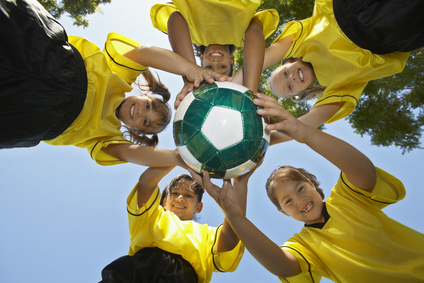
The benefits of physical education in schools are far-reaching, including both increased student physical health and better academic performance. Conversely, a lack of physical activity among youth is known to increase the risk of obesity, cardiovascular disease, diabetes, high blood pressure, and more. By promoting physical education (P.E.) in schools, educators are in a prime position to help students establish life-long healthy behavior patterns and boost scholastic success.
The U.S. Department of Health and Human Services recommends 60 minutes of daily physical activity for youth aged 6–17 years, while research shows that behavior habits established during childhood often prevail into adulthood. Regular physical activity during youth is known to have the following benefits:
In addition, physical education in schools has been shown to have positive effects upon learning, including:
Yet despite the inherent rewards, the Centers for Disease Control and Prevention (CDC) reports that participation in physical education classes among students has been steadily declining, with only 24% of grade 12 students attending physical education classes, down from only 41% of grade 9 students. This is especially troubling given that insufficient physical activity is one of the top health risk behaviors contributing to adolescent and teenage death and injury, along with tobacco, drug, and alcohol use, unhealthy diet, and injurious/violent behaviors.
On the positive side, research studies show that a mere 20 minutes of walking affects brain functioning, helping to stimulate students’ minds and improve academic success. Not only has a strong correlation been found between high fitness scores and high academic scores, but children who participate in P.E. are more likely to remain active during after-school hours.
The following are some of the ways educators can promote physical education both inside and outside the classroom:
The old adage that ‘an ounce of prevention is worth a pound of cure’ puts the obligation directly on school health programs to reduce the incidence of student risky behaviors and increase the odds of academic success by promoting physical education at all grade levels. Investing in students’ physical health today will allow them to reap the rich rewards far into the future.
